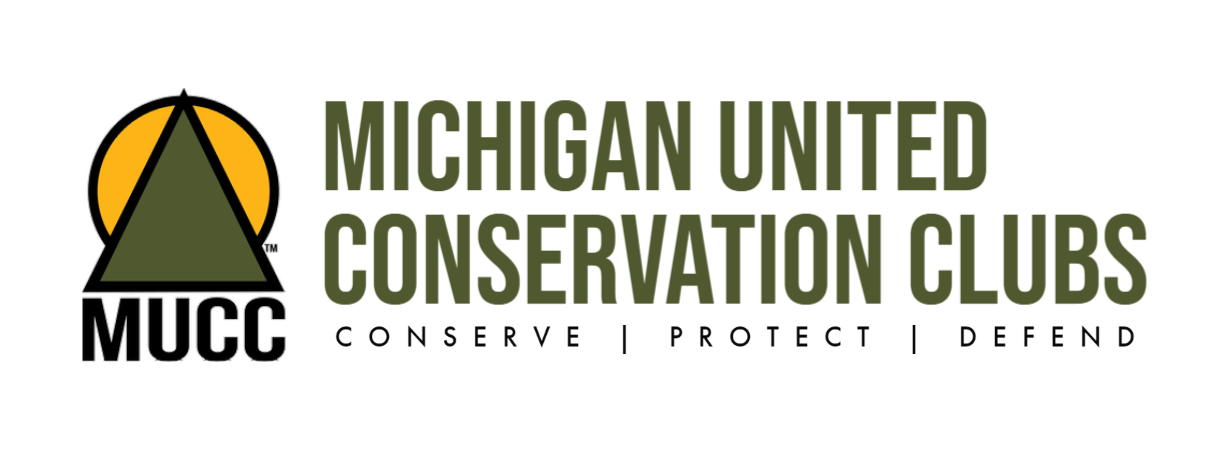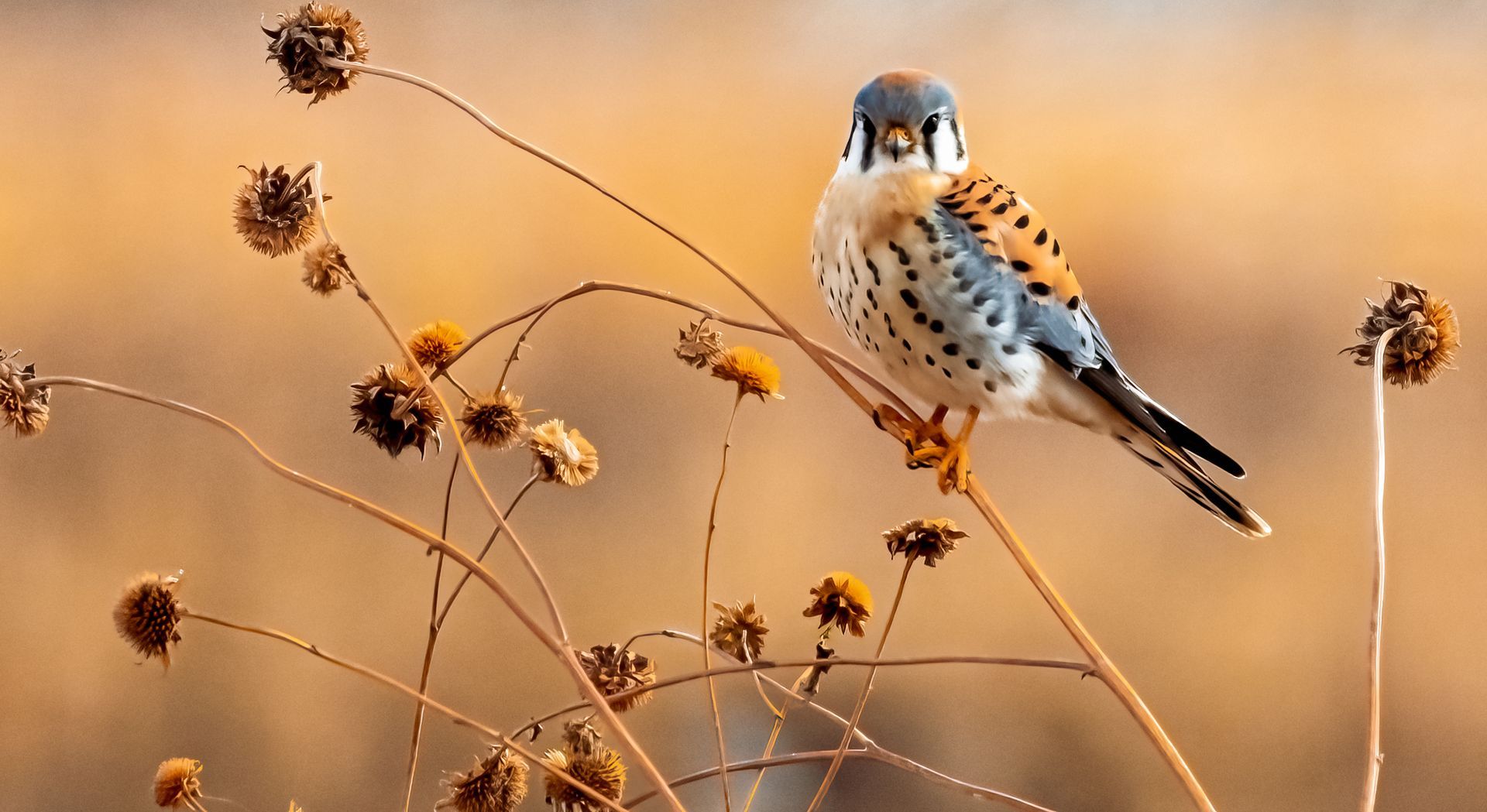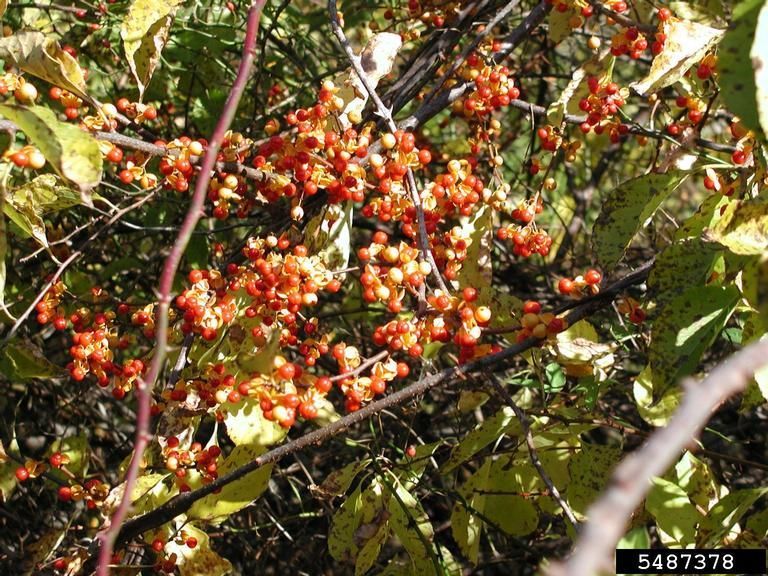New Data, Funding To Fight Great Lakes Algal Blooms
MONROE, Michigan – Oct. 27, 2022 – A proposed $30 million investment in wetlands conservation aims to reduce Great Lakes algal blooms in southeast Michigan, which a newly released study shows are crippling economies and recreational opportunities.
The Michigan United Conservation Clubs (MUCC) study was released Tuesday at Point Mouillee State Game Area, in conjunction with an announcement by Ducks Unlimited (DU) to invest American Rescue Plan Act funds to restore and develop highly functional wetlands will minimize phosphorus entering Lake Erie and Saginaw Bay.
The problem
The MUCC study provides a snapshot into the devastating economic impacts of unsightly, dangerous and ever-looming algal blooms in western Lake Erie. Commissioned by MUCC and undertaken by Michigan State University, the study estimates up to $5.9 million annually in economic activity is lost in Michigan’s small portion of Lake Erie.
The MUCC study estimates between 9,000 and 21,000 angling trips were canceled in 2019 due to harmful algal blooms. This was determined using a survey of Lake Erie anglers, interviews with charter boat captains and Michigan Department of Natural Resources (DNR) creel data. This estimate equals up to 29% of total fishing trips on Lake Erie.

MUCC Executive Director, Amy Trotter, addresses members of the media and fellow stakeholders about harmful algal blooms and the impact it has on Lake Erie and Michigan’s anglers on Oct. 27, 2022.
Anglers cited potential negative health effects, inability to consume fish and boat or equipment damage as reasons the algal blooms have kept them away. Two-thirds said they decided not to fish at least once in 2019 because of the blooms.
The study underpins the need for funding and solutions, said Amy Trotter, MUCC executive director.
“Now knowing the devastating economic impacts of harmful algal blooms on our local communities, charter captains and businesses, we can start to look for answers,” Trotter said. “Michiganders should be able to fish, boat and enjoy western Lake Erie uninhibited by worrying about being able to eat their catch or what damage it may inflict on their equipment.”
The solution
Harmful algal blooms in Lake Erie and Saginaw Bay also compromise public drinking water and harm fish and wildlife. But wetlands act as nature’s kidneys, filtering bloom-creating phosphorus from rainwater runoff before it enters the Great Lakes.
In agriculture-dominated landscapes like the River Raisin and Maumee River tributaries of Michigan, strategically placed wetland restorations to intercept run-off is a widely accepted solution to improving water quality, with evidence showing 30% to 80% reductions in loading of agricultural nutrients.
DU, in partnership with state agencies, has piloted a landscape assessment tool to identify and evaluate sites for wetland restoration that intercept agricultural run-off and flood water. A $30 million investment from American Rescue Plan Act funds would support at least 15 projects that could act as filters for over 20,000 acres.
“We need leaders in Lansing to devote real resources to this growing problem, to improve quality of life for residents and habitat for wildlife,” said Kyle Rorah, director of policy for DU’s Great Lakes/Atlantic Region. “We thank leaders like Reps. Cherry and Bellino and Senator Zorn for their support.”

Management area sign in the Pointe Mouillee State Game Area located in Monroe County, MI.
At Tuesday’s event, state legislators amplified the call to fund new action against algal blooms. Representative John Cherry (D-Flint) said understanding the economic implications helps to drive proactive solutions.
“Our Great Lakes fishery brings over $7 billion in economic value to our residents annually and supports more than 75,000 jobs throughout the state. This proposed funding will not only support the continued health of our ecosystems, but also help our hard-working residents by keeping jobs in our communities and ensuring our unique fishing heritage continues to thrive” Cherry said.
With Lake Erie in his district, Representative Joseph Bellino (R-Monroe) is all too familiar with the consequences of harmful algal blooms.
“As a young boy growing up in Monroe at Detroit Beach, we never swam. The Clean Water Act did a lot to help all our Great Lakes, but now we sit at the precipices of blooms that again threatens our way of living. From water to drink, to hunting, fishing and boating, everything is threatened. This DU initiative will be another tool in our box to make the Great Lakes all that it can be,” Rep. Bellino said. “Just look at waterfowl. While almost half the bird species in America have declined in numbers, waterfowl have increased. DU, MUCC, Waterfowl USA, and many others have played a huge part in this. Restoration of native wetlands should be one of the tools we use continue our goal of making Lake Erie great again.”
And Michigan Sen. Dale Zorn (R-Monroe) said clean water is important to all members of his district and the Great Lakes.
“The Great Lakes are Michigan’s greatest natural resource. The people of the 17th State Senate district know how important it is to keep our water clean not only for our health and safety, but also for our economy. I’m extremely happy to have groups like Ducks Unlimited who are constantly finding new and innovative ways to keep our lakes clean for humans and wildlife alike,” Senator Zorn said.
Ducks Unlimited and MUCC hope to leverage the study into more funding for research, wetland implementation and mitigation related to harmful algal blooms.
Attendees took a walking tour of the game area, saw critical infrastructure projects completed by Ducks Unlimited and partners, and learned what new projects and investments could do to help mitigate harmful algal blooms.
“We know that what is good for birds is good for people. When you restore wetland habitat, bird populations rebound and you support a myriad of other wildlife species,” said Erin Ford, Michigan Conservation Manager, Audubon Great Lakes. “Wetlands play a major role in maintaining Michigan’s water quality, serving as natural water purifiers for our communities to keep the water in inland lakes and streams clean, and can store a massive amount of water during heavy rains. An acre of wetland only a foot deep can store up to 1.5 million gallons of floodwater.”
Ducks Unlimited Inc. is the world’s largest nonprofit organization dedicated to conserving North America’s continually disappearing waterfowl habitats. Established in 1937, Ducks Unlimited has conserved more than 15 million acres thanks to contributions from more than a million supporters across the continent. Guided by science and dedicated to program efficiency, DU works toward the vision of wetlands sufficient to fill the skies with waterfowl today, tomorrow and forever. For more information on our work, visit www.ducks.org.
Michigan United Conservation Clubs is the largest statewide conservation organization in the nation. Founded in 1937, our mission is to unite citizens to conserve, protect and enhance Michigan’s natural resources and outdoor heritage. Learn more at www.MUCC.org.
The post New Data, Funding To Fight Great Lakes Algal Blooms appeared first on Michigan United Conservation Clubs.



